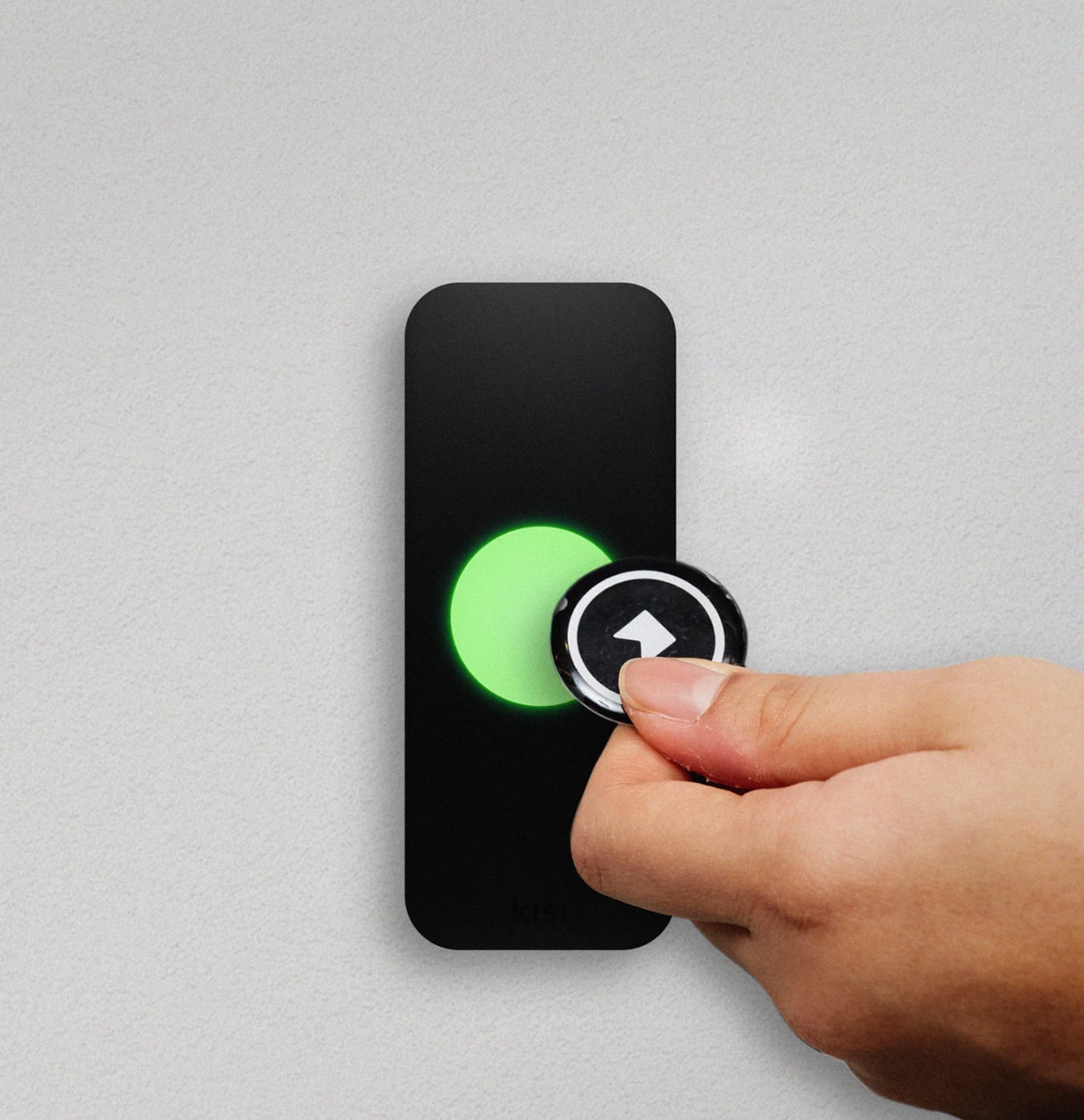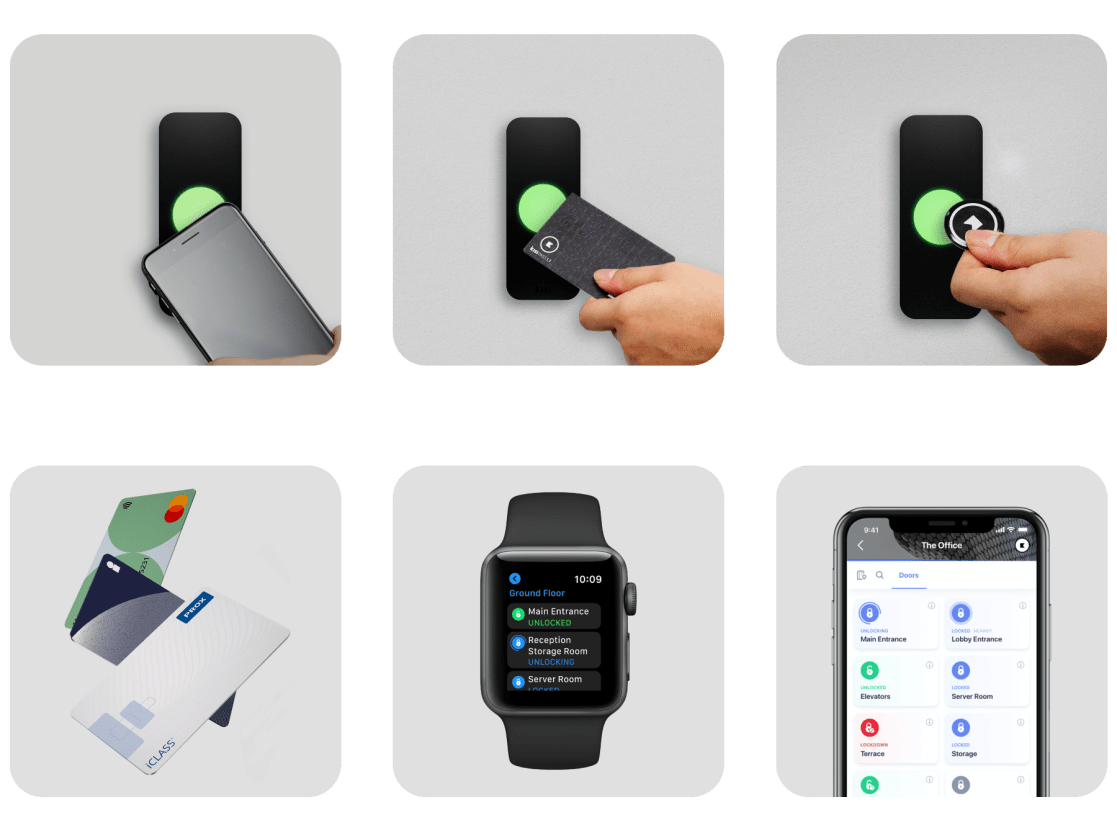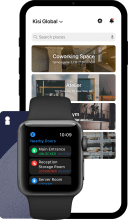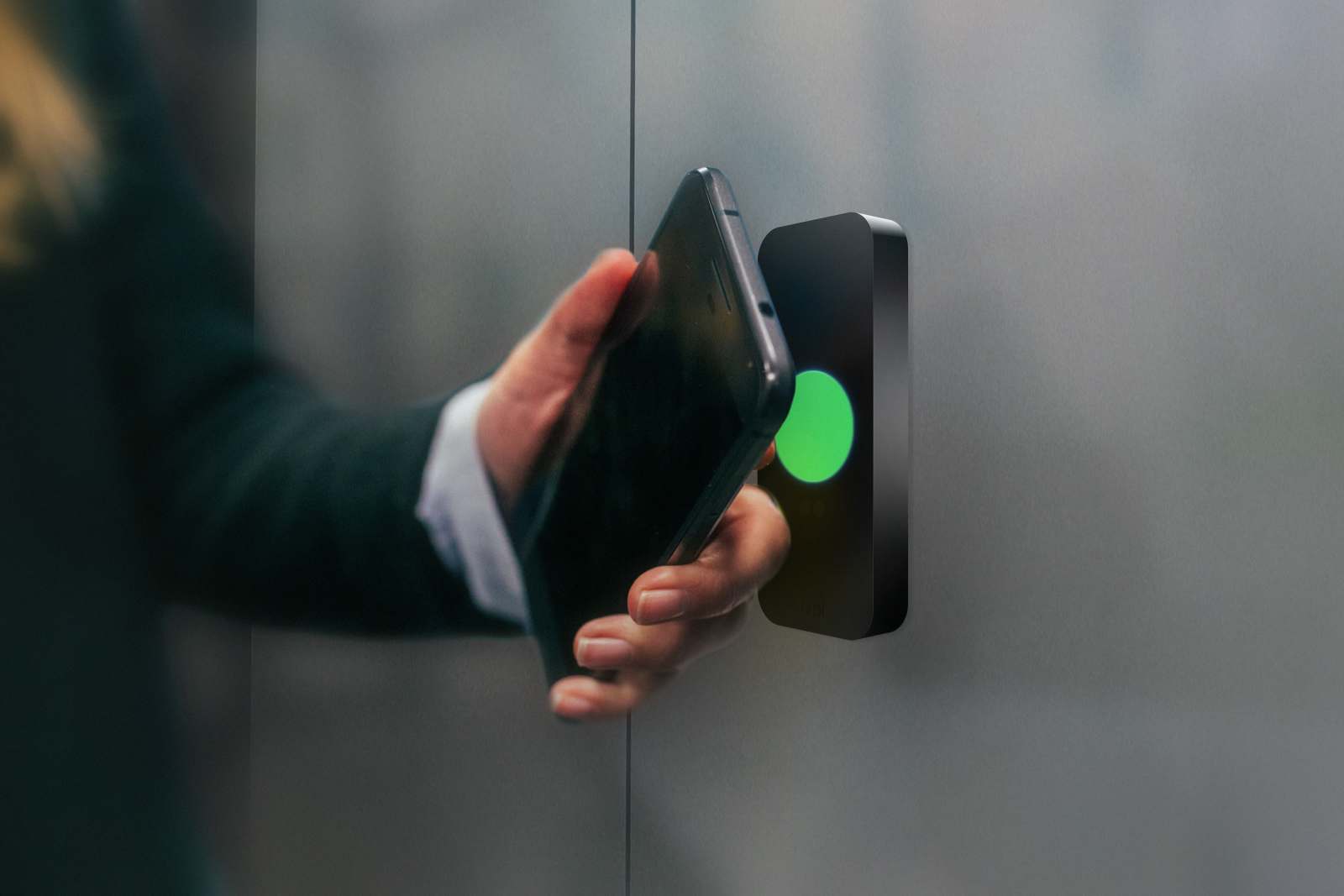Commercial keyless entry systems are transforming the way businesses handle access control. In this guide, we discuss the different types of keyless entry systems that businesses can use to secure their facilities, such as keypads, key fob entry systems, and smart locks, and discuss the main benefits of keyless entry systems in access control.
Upgrading to a keyless entry system #
Commercial keyless entry systems are skyrocketing in popularity across many industries due to their ability to grant business owners, IT managers, and facility managers more control and security over their facilities. These systems can easily be customized to give staff members 24/7 access consistent with their responsibilities without having to manually lock and unlock doors.
Keyless entry systems offer convenience, enhanced security, flexibility, scalability, audit trail capabilities, and integration possibilities, making them a compelling choice for modern access control needs. Many access control providers offer easy migration options if you want to use parts of your old legacy access control system, like wiring or readers.
Kisi is the highest-rated access control keyless entry solution on the market, with rave reviews on the App Store and Google Play and on industry software review websites like Capterra and G2. Learn more about Kisi’s different access methods and the benefits of Kisi access control.
How do keyless entry systems work? #
As the name suggests, keyless entry systems grant access to a limited or restricted area without requiring a physical key. As a general rule, you can choose from three types of keyless entry systems for business. These include:
Keyless locks with a combined keypad #
While this system offers an added layer of security that’s easy to implement, most legacy keyless locks with a keypad or pin pad do not have remote management capabilities. This requires office occupants and IT administrators to be physically present to input the key code to gain access or resolve any issues.
To enhance the functionalities of your key-pad system and enjoy global, centralized management, consider upgrading to a cloud-based system. With Kisi, you can even utilize mobile access while keeping most of your existing hardware, like the keypad readers.
Key fob entry systems #
Locks with key fob and smart card control, or proximity keyless entry systems, make it easy to onboard new employees and visitors, granting access with just a simple tap of the fob or card to the lock.
While these proximity keyless entry systems are slightly more flexible for administrators and users, fobs and smart cards are still only operational from a close distance and don't have any remote management capabilities.
This system is commonly used by businesses of all sizes because it’s fairly easy for administrators to assign and deactivate access and to react quickly when an access fob is lost or stolen. However, on traditional systems, this is a time-consuming process that might cost your team hours of work every month.

Mobile keyless entry systems #
Mobile access control enables smartphones, tablets, and wearable devices to function as access credentials to enter offices or other business facilities. Mobile access provides several ways of entering spaces. For instance, Kisi users can enter spaces by tapping on the appropriate door in the Kisi app, tapping their phone to the Kisi Reader, or even contactless by waving their hand in front of it.
On the tech side, the mobile device communicates with the access reader using Bluetooth or Near Field Communication (NFC) technology to provide keyless access.
Besides the convenience, flexibility, and enhanced 2FA security mobile access provides, it allows people to use their mobile devices as credentials, eliminating the need for physical cards, fobs, or keys.
Smart locks (or remote keyless entry systems) #
Smart locks, or remote keyless entry systems, take advantage of wireless protocols such as Bluetooth, WiFi, or Z-Wave for access control and remote lock management. For their part, smart locks use a keyed lock, a key card access control system, or a combination of access controls to lock and unlock your property.
Their distinguishing feature is their remote control capabilities, where the lock pairs with a keycard, a key fob, or a smartphone, making it the optimal solution for administrators who need the ability to manage access remotely.
Smart locks that integrate with mobile-friendly or cloud-based software are the most flexible solution for businesses that want to maximize security and react quickly and painlessly to any physical breaches. Advanced smart locks are also the easiest to pair with security cameras and smart alarms, creating the safest environment for employees.
Why choose keyless access systems #
All keyless access control systems have one thing in common, namely, the lack of traditional keys and lock cylinders in the doors. Instead, you lock and unlock a keyless access control system using either a key card, a key fob, or a mobile device, be it a smartphone, tablet, or another mobile gadget.
For example, with a keyless fob access system for business, you can distribute fobs to all employees, and these will leverage Bluetooth technology to unlock your doors from a short distance. However, such a system is only operational at relatively close distances, given the limitations of RFID and NFC technology. It will, though, still be able to detect your presence within its operational range and lock or unlock doors automatically, which is why these sorts of locks are becoming more and more prevalent in all sorts of businesses.

On the other hand, Wi-Fi and IP systems, like those used by wireless locks for businesses, or smart access control, have unrestricted range given that your network is powerful enough. Hence, armed with an uninterrupted internet connection, you have access to your door locks anytime and from anywhere.
Of course, the lock needs to be connected to your home or office Wi-Fi network to work. Still, should your space lose access to the internet, modern systems, like Kisi, support offline fallback mechanisms for keyless entry.
A mobile access control system enables business IT admins and homeowners alike to check system status remotely, manage settings on the go, get alerts for specific events, and open and close doors from any location using only a smartphone.
What your keyless access system is made of #
A complete keyless access system is not limited to just the door lock. Modern systems like Kisi have integrations with all sorts of helpful tools that you can add to the base system.
Major components of any access control system, wireless or not, include door readers, system state controllers, sensors, and detectors such as smoke, fire, and motion sensors. A smart mobile access control system will also feature equipment such as routers, modems, and/or wireless devices that enable remote connection to your system.
An automated keyless entry system can be fully integrated with your home automation system, which in turn means you’ll have various connectors and additional sensors to lock or unlock doors and windows from anywhere in your home.
You can also program an integrated home automation keyless entry system to perform various additional tasks, like switching lamps on and off, starting and stopping air conditioning, or turning on a TV set in the evenings when you aren’t home, providing additional security measures against home intrusions. Thus, your keyless access system will comprise of appliances that are usually not considered components of an access control system.

Why keyless mobile access control is best #
A key card access control system or a fob access system is passive by nature, remaining inactive until it is prompted to read the credentials of someone attempting to gain access. However, these types of keyless access systems can sometimes be combined with an alarm that is triggered by an active sensor constantly monitoring the room, like a motion detector.

In contrast, a keyless mobile access control system provides functionality to check, manage, and operate door and window locks remotely and on the go. You may be thinking that a flaw in this type of system is the need for constant internet connection to work properly.
Well, there are mobile systems that use other means of communication, and with your main control panel placed indoors and secured by a power backup system, you’ll get the uninterrupted connection and system alerts you rely on for your security.
From small businesses to enterprises — smart access control #
Thousands of companies rely on Kisi's keyless access control system to enhance their security and streamline operations. A modern access control system that provides keyless entry may be an obvious choice for larger organizations, but even companies with less than 50 employees may benefit from this sort of solution.
Kisi’s system is particularly beneficial for businesses where multiple people need access to the facility, such as guests, consultants, cleaning services, and remote employees. As you grow your business, Kisi scales with you, without the limitations you’ll run into with smart locks or the need to issue keycards and fobs. To learn more about our product, take a look at our overview or get a quote.

